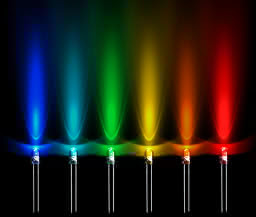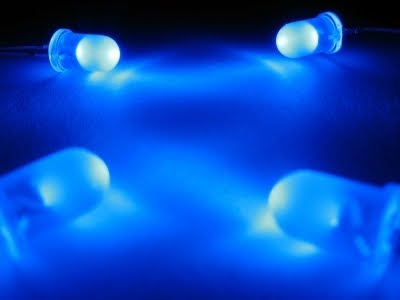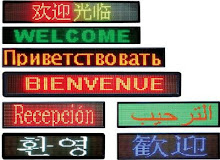LED name
LED Hurdle Lamp Series

Product Description
LED hurdle lamps adopt RGB 3-in-1 SMD light source. The height could be d3CM because of the small volume. They have many advantages, for example, the effect of mixing light is good, the color is various, and the joints between the tubes are seamless because of the special transparent connectors.
They can be widely used in building wall, bar, business areas, housing decoration, entertainment and so on. LED hurdle lamps have several kinds
Glass Beam
what's LED

LED stands for light-emitting diode. A diode is a device made from two different conducting materials that allows current to flow in only one direction. When electricity is passed through the diode, the atoms in one material are excited to a higher energy level. This energy is released as the atoms transfer electrons to the other material. During this energy release light is created. The colour of the light from the LED depends on what the diode is made from and how it is configured.
LED

LED technology has advanced at a remarkable pace in recent years. No longer confined to electronic devices such as mobile phones or watches, LED-based solutions are becoming ever more widespread. They improve the quality of people’s lives in retail outlets, hotels, restaurants, offices, domestic environments and in many different features of the urban landscape including public buildings, bridges, footpaths, market squares and façades.
It’s hardly surprising LEDs are proving so popular. Compared with traditional non-solid-state lighting, they are energy-efficient, produce fewer CO2 emissions and radiate little heat, cost less to run and maintain, are small and flexible, last longer and produce a light that is precisely controllable and programmable.
Although the colour properties of LEDs have been frequently applied by designers for atmosphere creation, entertainment and architectural highlighting, there is another area where LEDs are becoming increasingly popular; white light. For more than a decade, LEDs have been offering a viable alternative to conventional light sources, and with ongoing improvements in brightness, this is a trend definitely set to continue and broaden in scope.
สมัครสมาชิก:
ความคิดเห็น (Atom)



























































